Do you know where 40% of the UK’s total energy consumption goes? Heating and powering buildings. This is going to end because by 2025 all new buildings must meet the new energy efficiency standards.
New homes and businesses will be highly energy efficient. The aim is to protect the environment with low carbon heating and be zero carbon. The challenge is huge because by 2025 houses will have to reduce 75-80% of current carbon emissions.
These are 4 crucial years for the country and the target for 2021 is to produce 31% lower carbon. Will we achieve this?
What changes will new buildings have to make?
- Ventilation: additional ventilation and indoor air quality monitoring (buildings such as offices and gyms) reduce the risk of any potential infections spreading indoors.
- Avoid overheating in residential buildings
New energy efficiency standards have only advantages
On one hand, it helps to combat climate change. On the other, it reduces energy bills for households and prolongs the life of buildings. The goal is to achieve net-zero emissions by 2050. With our efforts, new generations will have a cleaner and more sustainable future.
This measure does not only affect new buildings. Existing houses will also have to upgrade, repair or replace windows and building services such as heat pumps, cooling systems, or fixed lighting. Of course, they will also have to revise their roofs and walls.
Meeting the new energy efficiency standards means to prevent overheating in existing homes and costly bills for families. Poorly insulated homes lose 30% of their energy, about £300 a year.
The journey is long, but England progress is remarkable. We have reduced total emissions about one-fifth since 1990. Are you joining the green revolution?

